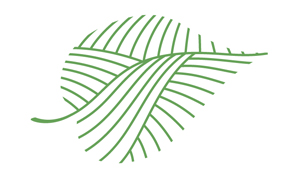Developing a plan for improving and utilizing a small pasture on this evolving farmstead does not fit into any manual's list of to do's.
Our north pasture borders the home yard and the orchard. It does not have a permanent fence so for any grazing I need to run polywire on pounded in posts. If I do not get the posts in the ground in the spring or after a soaking rain, the pounding is almost impossible. With easier grazing in the orchard and fenced fields, the pasture can get ahead of me as it did this year, so the hay was cut, baled and stored. Eventually I did get the pasture fenced and the cows and sheep rotated over the ground about 7 weeks after the cutting.
With only 2 cows, a heifer, a calf and and a donkey and obligations beyond the farmstead, my rotations do not look like those described by Greg Judy and the Managed Intensive Grazing crowd. Because the donkey is very protective of the cows, the bovine and ovine cannot graze together in tight quarters and with so few large creatures there is not the dramatic trampling of grasses. Buying enough posts for small paddock creation is costly since they would have to go in when the ground was soft in the spring and stay in the ground through the grazing season. Eventhough I do not move the herd daily, I have seen an improvement in the density and diversity of the pasture over the last couple years.
Next May my pasture will host a wedding so cow pies and rough growth needs to be managed.This event is not covered in the manuals so I formulated my own plan. After removing the fencing, I mowed the field in the hopes that the cut stubble will mulch and improve the soil. Depending on the earliness of the spring, the pasture may need to be mowed, perhaps to be used as green chop or left to mulch the pasture.

